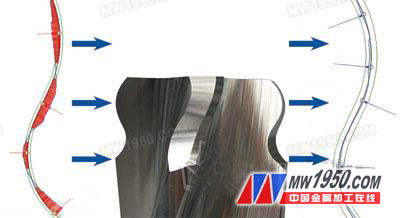
Figure 1. This version of the FTC system uses a convenient on-board scanning device with a high-speed camera and a backlit screen to measure the overall contour of the root tool.
An automated root tool compensation system provides a simplified way of setting up the root tool for grinding on the grinding machine while ensuring that the profile accuracy of the grinding process is as small as 2 μm.
The blade root groove we see in the turbine rotor has the characteristics of complex contour and precise dimensions. The "Christmas tree" shaped tools used to cut these complex root grooves must be precision ground so that no part of their contours will exceed their tight tolerances. Therefore, commissioning the grinding machine to ensure the quality and repeatability of the root tool is often a challenging and time consuming process.
These commissioning settings usually involve grinding a test cutting tool, then measuring the tool to determine the contour portion that is out of tolerance, and manually adjusting the machine, or even part of the program, to compensate for the difference in the grinding process. Depending on the application, this process of debugging setup can take hours.
The Automated Forming Tool Compensation (FTC) system developed by Walter (a US grinding company) provides a more streamlined way to commission these workpieces while minimizing the profile accuracy of the grinding process to 2μm . This technology minimizes the turnaround time of today's manufacturers of complex root-shaped tools by minimizing, simplifying, and automating the commissioning process, creating new possibilities for those who wish to enter the market. Opportunity.

Fig. 2 The automatic forming tool compensation technology is applied to the debugging setting of the grinding speed of the complex root tool, which can ensure the contour accuracy of the grinding process is as small as 2μm.
The Automated Forming Tool Compensation (FTC) system has been used in the company's Helitronic grinding machine, which supports grinding methods for three types of tools: azimuth slow release grinding, cam slow release grinding and cylindrical grinding. At the heart of the system is the measurement and program compensation software for the measuring device that links the grinding machine to the tool. The tool can be measured using the company's stand-alone Helicheck scanner, or Walter's latest portable on-board scanner.
When the tool reaches the upper tolerance dimension after the initial grinding process, the measuring device (Helicheck scanner or on-board scanner) starts scanning the entire contour of the tool without any operator intervention. It usually takes 5 minutes to scan the outline of 60mm. The software of the FTC system then compares the measured profile to the CAD model and automatically creates compensation correction data and sends it to the control system of the grinder. When this is achieved, the grinder is ready and production begins.
When the Helicheck scanner is used as a traveling measuring device, the FTC system can send a grinding profile with a precision of 2 μm. When using an on-board scanner, the accuracy of the FTC system will be slightly worse, around 3μm. However, on-board scanners can be used on a variety of Helitronic scanners at a lower cost than stand-alone equipment. The on-board measuring device consists of a high-speed CCD camera and an adjustable LED-backlit screen. The backlit screen allows the camera to reliably identify the cutting edge of the tool, regardless of the material used in the tool or the smoothness of the tool. Thanks to the self-centering interface, the unit can be mounted to the machining head of the grinding machine in less than 1 minute without calibration. It can automatically clean the tool using an air nozzle before it starts scanning. After the device measures the tool, it is disassembled to allow the grinding machine to be ground.
The on-board FTC system is available as an option on the new Helitronic scanner. It is currently not compatible with older Helitronic scanners because a different grinding head needs to be designed to allow the processing head to accept the scanning device.
Wall-Hung Toilet,swim jacuzzi,salt water swim spa,inground jacuzzi,hot tub and swim spa
Guangzhou Aijingsi Sanitary Products Co.,Ltd , https://www.hottubdesign.com